Surgical Pathology Update: Diagnostic Pearls for the Practicing Pathologist: Vol. III
$120
Surgical Pathology Update: Diagnostic Pearls for the Practicing Pathologist: Vol. III
- Describe the most common well-differentiated lipomatous tumors and the major diagnostic criteria for separating them from one another.
- Identify the most common morphologic patterns seen in soft tissue tumors.
- Apply the most useful immunohistochemical and molecular diagnostic techniques in the evaluation of soft tissue tumors.
- Discuss updates in the most recent WHO classification of renal tumors.
- Restate common and uncommon diagnostic pitfalls in bladder pathology.
- Explain how to reliably utilize both morphology and immunohistochemistry to differentiate germ cell tumors from mimics.
- Identify the histologic features of select cutaneous fibrohistiocytic tumors.
- Recognize cutaneous adnexal tumors that are associated with hereditary cancer predisposition syndromes.
- Describe the most useful ancillary diagnostic tests to aid in the diagnosis of challenging melanocytic lesions.
- Discuss current clinicopathologic diagnostic criteria for Barrett esophagus.
- Recognize the appearance of several medications that can be identified on routine histology.
- Explain the most common forms of gastritis with emphasis on the autoimmune form.
- Restate the natural history and disease biology of ductal carcinoma in situ.
- Recognize cytomorphologic pitfalls encountered in interpreting cerebrospinal fluid.
- Describe mediastinal anatomy and cytology sampling techniques.
- Discuss the appropriate use of p16 immunohistochemistry and HPV RNA in situ hybridization.
- Explain the TCGA molecular classification system of endometrial carcinoma.
- Review the interpretative challenges that attend MMR immunohistochemistry and understand the clinical implications of loss in tumors of the gynecologic tract.
The Trouble with Fat: Diagnostic Issues with Well-Differentiated Lipomatous Tumors
John R. Goldblum, M.D.
Biomarkers in the Uterine Cervix: What to Use and When to Use It
Anne M. Mills, M.D.
Session 2
Diagnostic Dilemmas in Urinary Bladder Pathology
Christopher Przybycin, M.D.
Ductal Carcinoma In Situ of Breast: Updates and Differential Diagnoses
Charles D. Sturgis, M.D.
Session 3
Esophageal Pathology – Focus on Barrett Esophagus and Early Squamous Neoplasia
Elizabeth Montgomery, M.D.
Update on Select Cutaneous Fibrohistiocytic Tumors
Rajiv M. Patel, M.D.
Session 4
Evaluating Endometrial Carcinoma in the Molecular Age: From Type I/II to TGCA
Anne M. Mills, M.D.
Hereditary Kidney Tumors: Recognition and Classification
Christopher Przybycin, M.D.
Session 5
Cerebrospinal Fluid – Cytopathology Perspectives
Charles D. Sturgis, M.D.
Iatrogenic Gastrointestinal Tract Injury
Elizabeth Montgomery, M.D.
Session 6
Cutaneous Adnexal Tumors with Clinical Impact
Rajiv M. Patel, M.D.
From Lynch Syndrome to Immunotherapy: Mismatch Repair in the Gynecologic Tract
Anne M. Mills, M.D.
Session 7
A Potpourri of Gastric Lesions and the Company They Keep (Gastritis)
Elizabeth Montgomery, M.D.
Session 8
Common Morphologic Patterns of Soft Tissue Tumors
John R. Goldblum, M.D.
Session 9
The Mediastinum: a Space Traversed by Needles
Charles D. Sturgis, M.D.
MELTUMP, SAMPUS, AST…An Algorithmic Approach to Challenging (Often Borderline) Melanocytic Tumors
Rajiv M. Patel, M.D.
Classification of Testicular Germ Cell Tumors: How to Recognize What Matters and Avoid Pitfalls
Christopher Przybycin, M.D.
Only logged in customers who have purchased this product may leave a review.
Related Products
VIDEO MEDICAL
VIDEO MEDICAL
VIDEO MEDICAL
VIDEO MEDICAL
VIDEO MEDICAL
VIDEO MEDICAL
VIDEO MEDICAL
2017 Advances in Ultrasound in Obstetrics and Gynecology – A Video CME Teaching Activity
VIDEO MEDICAL
VIDEO MEDICAL
VIDEO MEDICAL
VIDEO MEDICAL
VIDEO MEDICAL
VIDEO MEDICAL

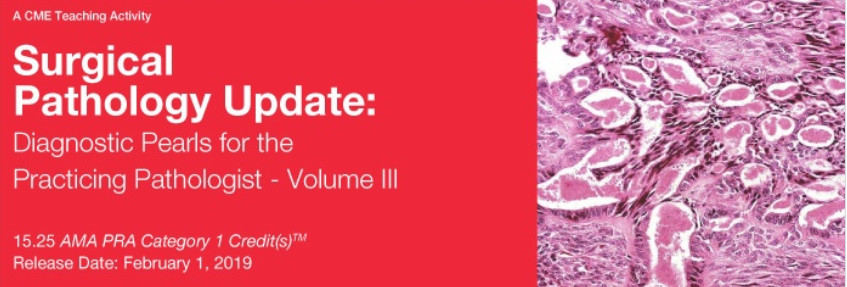
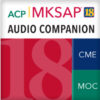
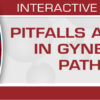



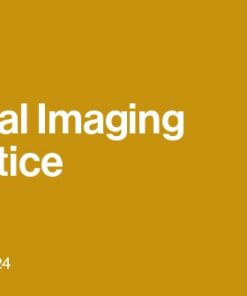

















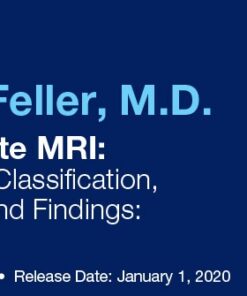




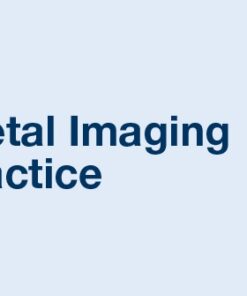






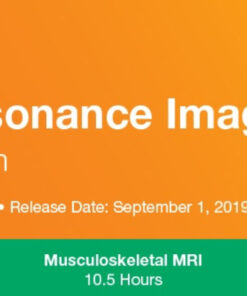



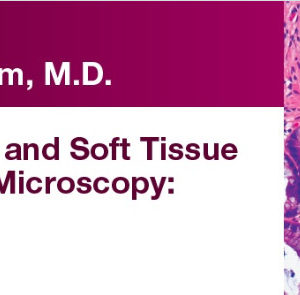


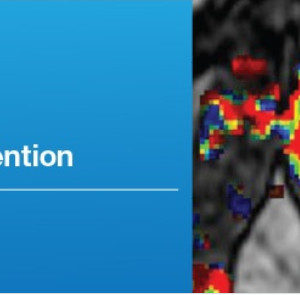

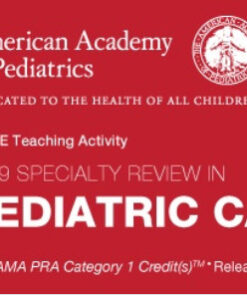

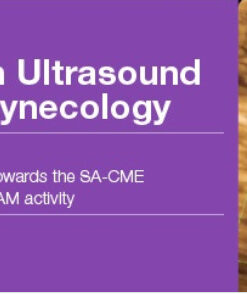




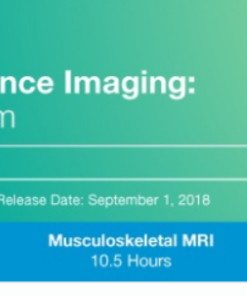
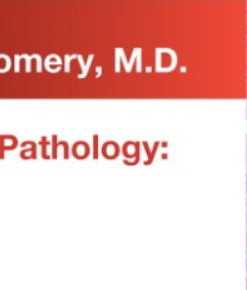


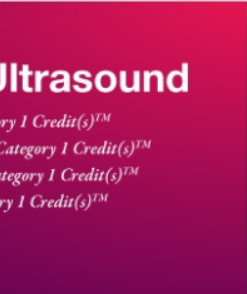
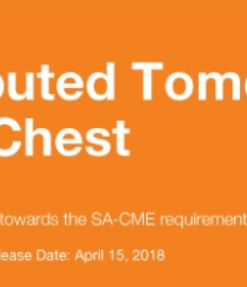
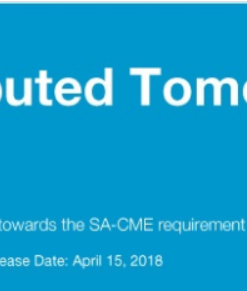
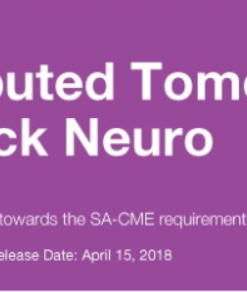

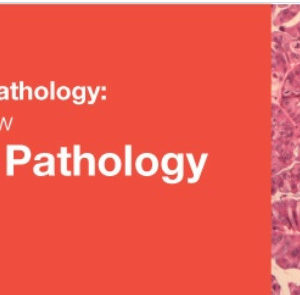

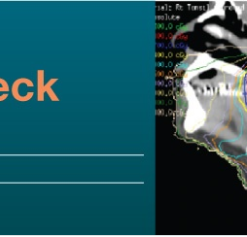

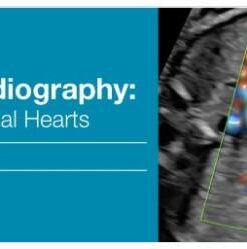
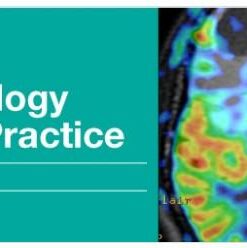
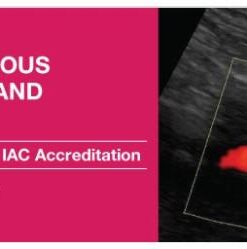
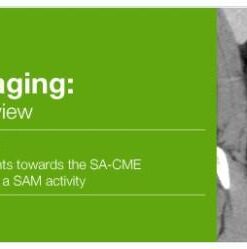
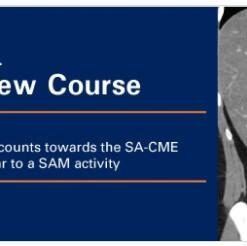
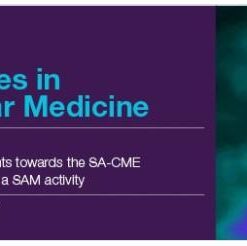

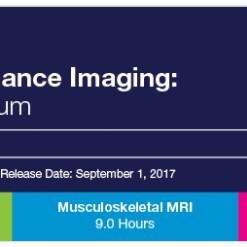
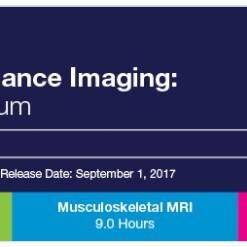
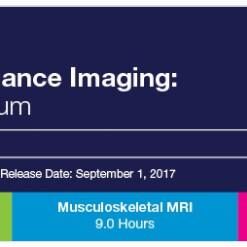
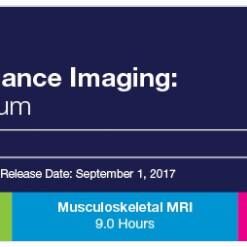
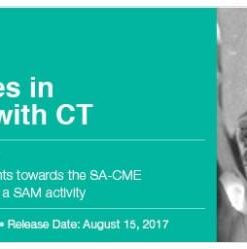
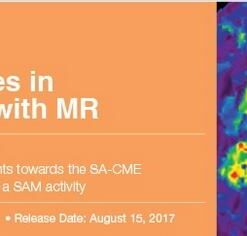
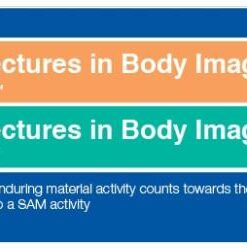
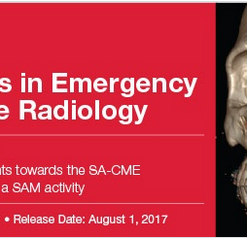
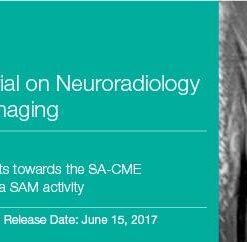
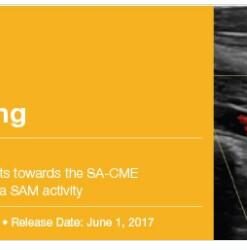

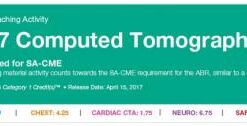
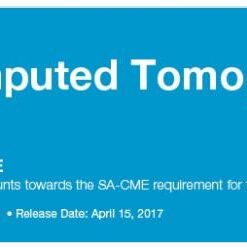


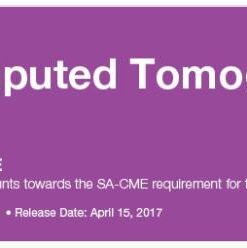
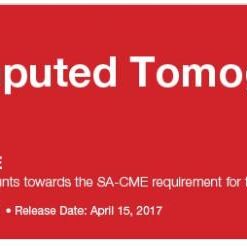
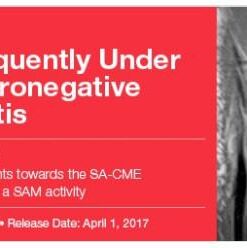
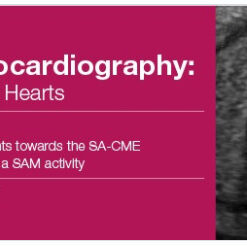
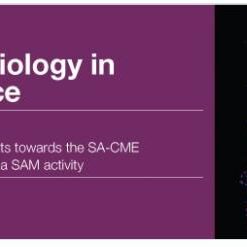
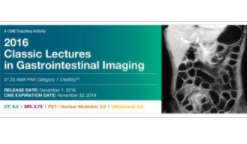
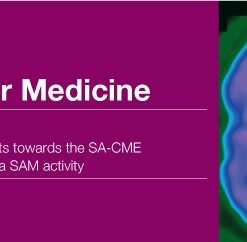

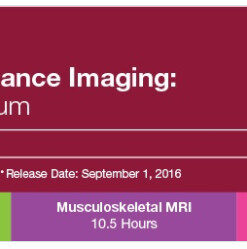
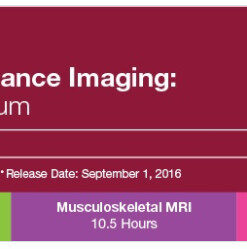
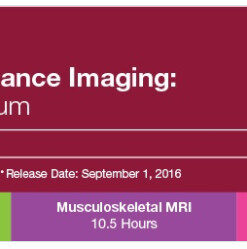
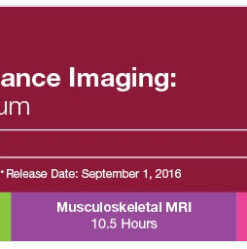
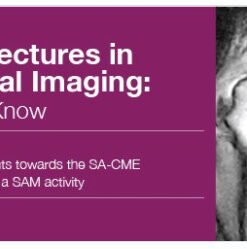


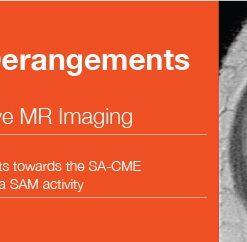
Reviews
There are no reviews yet.